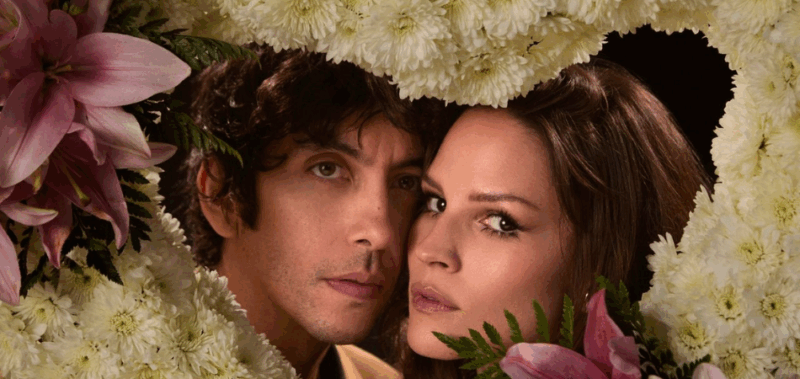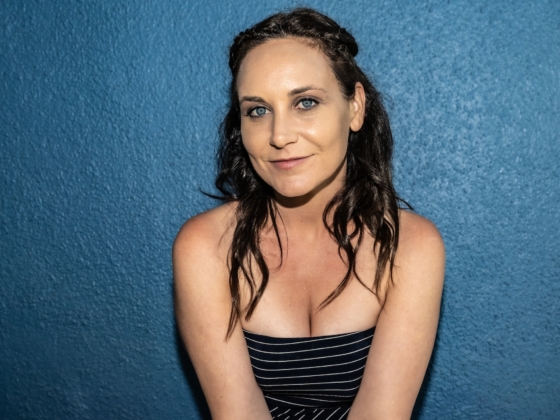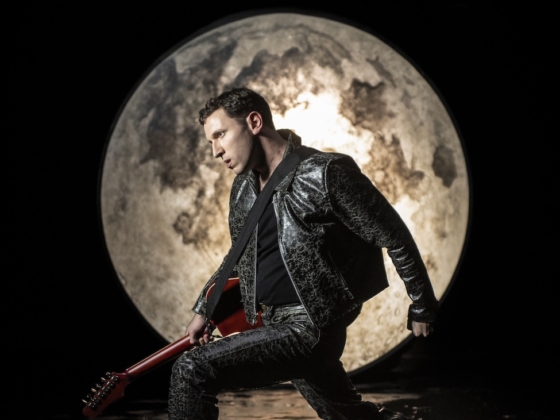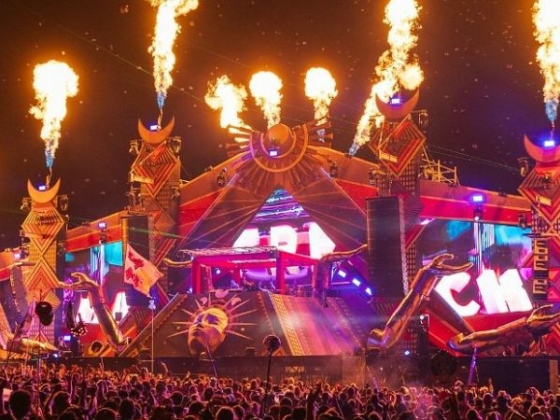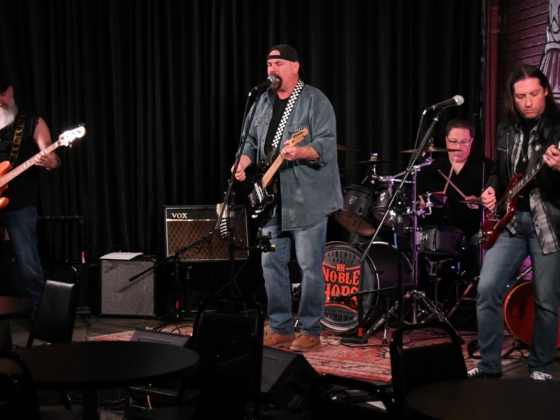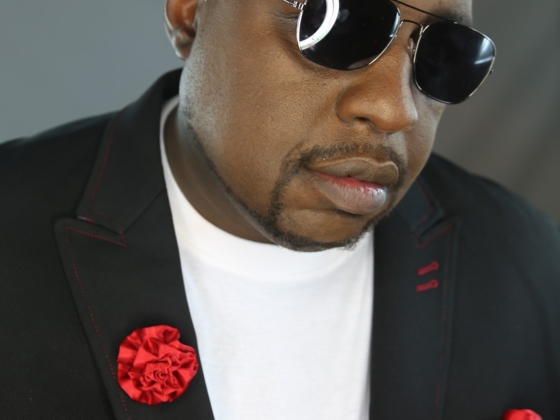After a stark five years of honing the craft, the dynamic return of the Puerto Rican duo is a refreshing return to form and mark of progress. Buscabulla, the brainchild of Luis Alfredo Del Valle and Raquel Berrios made a name for themselves and their eccentric brand of indie-pop at a pivotal time in music culture, where everything was beginning to shift due to the Covid pandemic. Their 2020 debut Regressa saw the two break into the larger social conscience, but the two took the following years to lay low.
Buscabulla has been keeping busy, to say the least. The last five years may have been a time of internal training and rest for the duo, but that hasn't kept them from being productive, making their brand well known through performances such as the Tiny Desk at home series, and landing spots on Bad Bunny's landmark "Andrea" track. While the two stayed low, they've been cultivating a dynamic sound built on dream pop escapades and subtle, yet enchanting melodies; resulting in a sequel project that makes the wait all the more worth it.
Se Amaba Asi marks the significant step in the two's career, establishing themselves as a productive work in contemporary Latin music, and a group capable of so much range. Se Amaba Asi doesn't feel aged or like the two grasping for straws that made Regressa so memorable, but more as a confident and mature departure into more exciting waters and there are tracks all throughout that exude that confidence and growth.
It can’t be overstated that most of the songs present carry some of the luscious production I’ve heard all year, with subtle changes in tempo that make for great breaks in the overall contemporary theme, while staying consistent with the album’s tone. A demonstrative force that exemplifies this is “Miraverahí,” which features this, what could best be described as wonky, drum pattern that adds an eccentric change of pace but continues to breath life to Berrios' yearning vocals. It's a good show that tracks aren't scared of moving in non traditional directions.
Production is consistent all throughout the project, wearing the dreampop genre on full display, but still not tying the group to any significant genre label. One stand out of this type of production is the outstanding “Te Fuiste,” which is a fusion of dreamy pop and jazz tendencies; one that carries Berrios' poignant vocals significantly well.
The album starts on a high note and has a few missteps along the first half where tone feels a little less focused, but it all catches up immediately after “Te Fuiste,” seamlessly blending the last few tracks for a subtle, yet strong finish.
Something to admire on the direction the two take on various points of the album is the fluidity with production. While "dreamy" best describes it as whole, the various moments where the two mix things up makes for an exciting change. The best example of this is "Mi Marido,” a song that capitalizes off the tonal shift with the sample. Something that comes left field at first listen, but really draws you in as Berrios makes her own goldie.
Se Amaba Asi is available now on all DSP's
Connect with Buscabulla here:

